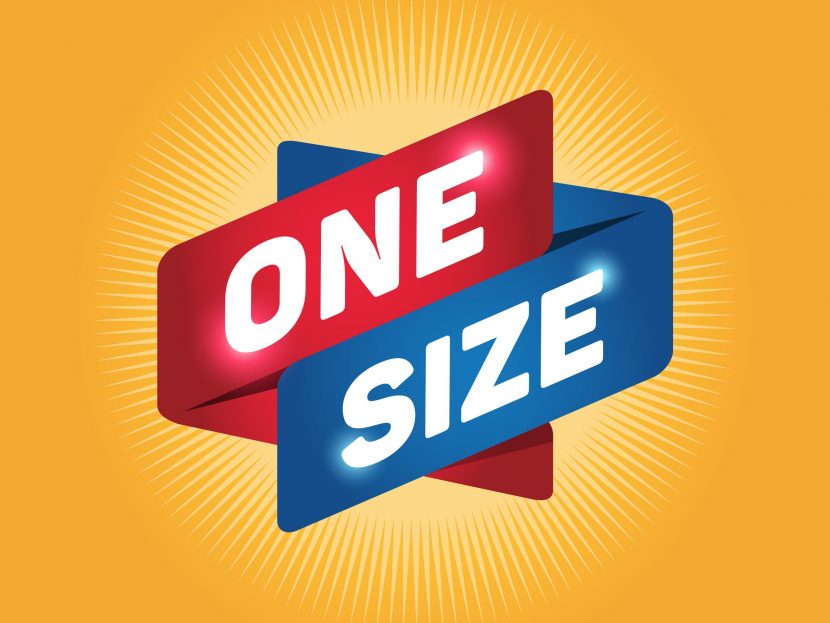HSE technology isn’t one-size-fits-all
In a people-oriented industry like health and safety, technology isn't necessarily a silver bullet. But if done right, it can help reduce complexity.

Ask HSE executives about their thoughts on implementing fancy new mobile applications into their everyday safety protocols and the first knee jerk reaction might sound apprehensive.
“We have to make sure we’re not making things more complicated than they are,” said Brittany Benko, VP of HSE for Chesapeake Energy.
“In EHS we will always have the shiny new object problem, the QR codes are a great example of that,” said Rich Eagles, Regional North America Market Leader for DuPont.
“I think sometimes movement is mistaken for progress,” said Lev Pobirsky, Director of EH&S at Pepsi-Cola.
When broaching the topic at the NG HSE Summit in Austin, TX in September, the initial comments were fraught with hesitance, but not because all of these highly experienced executives weren’t currently embracing new technologies at their own companies, but because they’ve learned the hard way that technology isn’t one size fits all in the HSE space.
“For lock out tag out the instructions have always been posted on the machine, but we put them on the phone so you can scan a QR code and they come up on your phone,” explains Pobirsky. “It was terrible! We did a trial and it was expensive and no one liked it. At the end of the trial we all said why don’t we keep the instructions the way they were?”
Clearly, not every attempt to stay up to date on all the latest and greatest technology is a home run. But, there is no denying that there is a space in HSE that could benefit from finding ways to integrate the technology we already enjoy in our personal lives. Nowhere is this more evident than with the use of mobile technology.
It’s no secret that people use the internet on their phone constantly. Nearly two-thirds of Americans have been surveyed as smartphone owners and many of those say their devices are the primary entry point to the internet.
According to CDW, mobile applications will improve productivity by 41% and help free people to work anywhere, an invaluable asset to those working at multiple sites with their HSE departments.
“I think there’s lots of applications and in the HSE space we have so much opportunity in front of us,” says Benko. “We have focused on human behaviors but we’ve missed the technological applications to make our work environment safer.”
Benko even see’s the next step of mobile technology’s potential benefit in HSE.
“Look at all the predicting analytics that are used at the mall so brands know where I want to shop. We have all this data right? Why wouldn’t we use that technology to predict when we might have hazardous situations?”
Another reason executives tell us they find it’s critical to continue the search for a great technology pairing in HSE is because the language the new millennial workforce uses is tech based.
“We have to embrace it because it’s here and this is how this generation communicates,” says Michael Boynack, Director of EHS&S at Xerox.
And if you don’t adapt to this new language, many say you’re effectively allowing your workforce to self-teach without any guidance. In fact, Pew Research Center found that 43% of Americans admit to using their mobile phones to look up information about a job, while 30% say they use their device to look up educational information.
“You have young people who text instead of email so if you haven’t given the information in the way employees like to communicate, they’re going to find it anyways,” says Eagles, “and millennial are faster at finding information than anyone, so you have to be ahead of it. You Tube has too much misinformation and you can’t allow You Tube to train your employees on the job.”
Still, Benko says with every technological advance, comes another potential safety hazard.
“There’s so much documentation that we do that mobile apps can make easier for employees on site and a lot of it is safety documentation,” she explains, “but can you use the phone in every environment safely? You can’t take it in certain areas on our sites because it’s not intrinsically safe, so it’s a balance of when things are simple let’s not over complicate it but when it is complicated let’s take the time to understand all the moving piece.”
GDS Group hosts experts to help experts. We strive to provide an atmosphere for our attendees that enables them to confidently lead their companies through major transformation projects. For information on upcoming events, view our Technology Summits and Executive Events. To remain current on our activities, visit GDS Group on LinkedIn | Facebook | Twitter.



